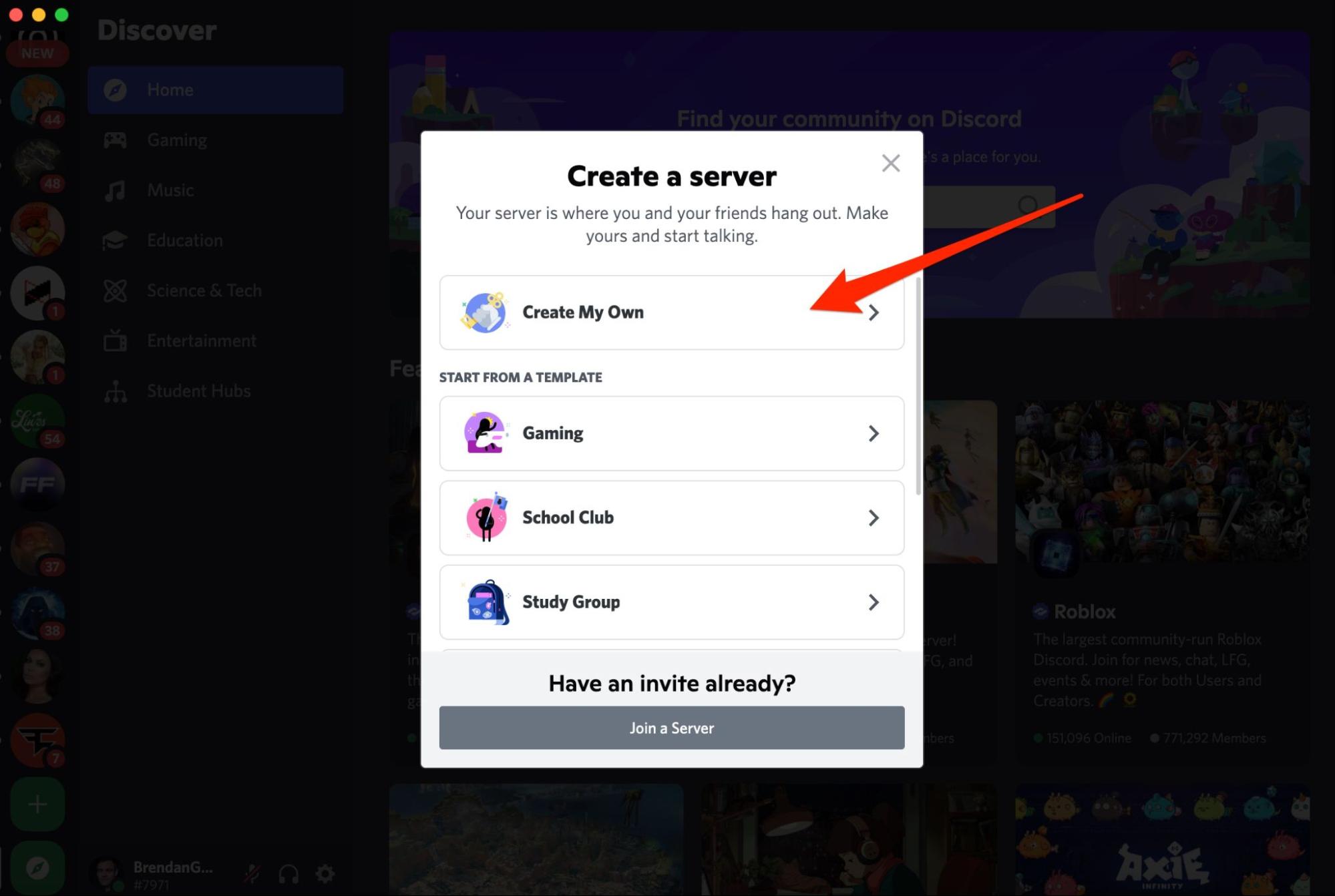The Blind Spot in a Year of Disruption
2025 has been dominated by flashy headlines AI breakthroughs, blockchain pivots, and space-tech promises. But in all the noise, a quieter trend slipped under the radar. Smart founders noticed it early and are already cashing in.
That overlooked trend? Community-driven commerce. While big tech fought over algorithms, the most resilient growth has come from brands doubling down on communities private groups, micro-networks, and niche audiences.

Why Community Beats Virality
Virality fades in days. Communities last for years. Unlike followers, community members create value for each other, not just for the brand. In fact, a 2024 McKinsey report found that brands with active communities enjoy 2.7x higher customer retention rates than those without.
Lesson: The new moat isn’t reach it’s belonging.

Case Study: The Hidden Champions of 2025
Take fitness startup Lift & Link. Instead of chasing mass audiences, they built a 5,000-member private app where users share routines and hold each other accountable. Revenue doubled without a single viral campaign.
Or look at indie beauty brand GlowChain. Their product launches happen exclusively inside a 2,000-member WhatsApp group and they sell out every time.
Lesson: Scarcity plus community equals loyalty.

How Founders Can Tap Into the Trend
This isn’t about building the biggest group, it’s about building the right one. Smart founders in 2025 are:
- Starting invite-only groups on Discord, WhatsApp, or Circle
- Offering exclusive access instead of discounts
- Turning customers into co-creators of products
- Measuring engagement, not follower counts
Lesson: Community is the new currency.

The Outlook: 2026 and Beyond
As ads get more expensive and attention spans shorter, the overlooked 2025 trend of community-first business will only grow stronger. The future belongs to founders who don’t just sell to people but build with them.
FAQs
1. What is the top overlooked trend in 2025?
Community-driven commerce where growth comes from engaged, niche groups rather than mass audiences.
2. Why is community more powerful than virality?
Virality is short-term; communities sustain loyalty and repeat sales.
3. What platforms are best for community building?
Discord, WhatsApp, Slack, and specialized tools like Circle.
4. Can small businesses use this trend?
Yes, small, tight communities often outperform big, passive audiences.
5. Is this trend limited to certain industries?
No, fitness, beauty, education, and even fintech startups are already leading with it.






